Why Tbilisi is an unexpected new fashion destination
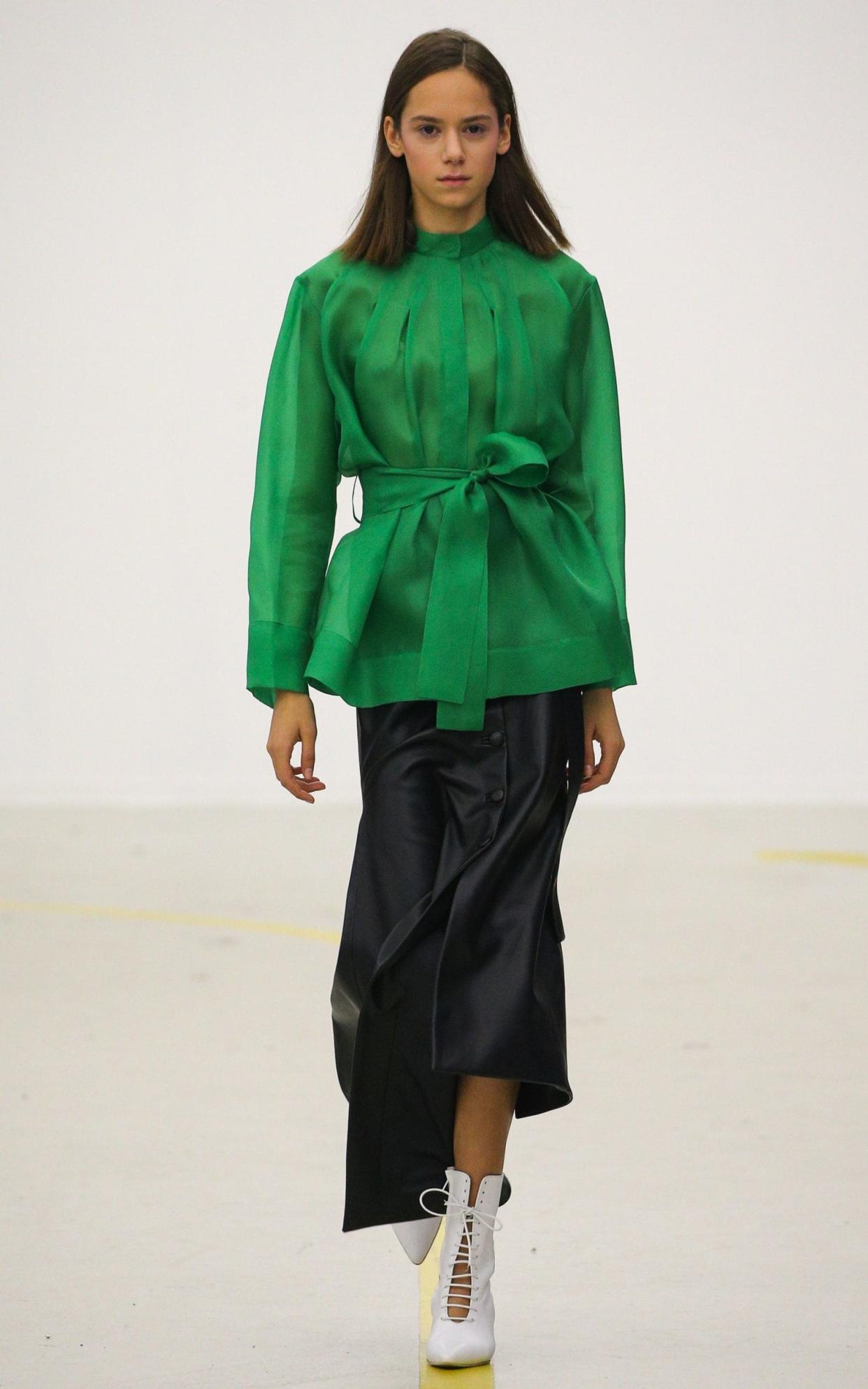
Until relatively recently, Georgia didn’t have a fashion industry. Or at least not one that we would think of as an “industry”, with designers generally only producing bespoke pieces for local clients and perhaps just two expats whose names you might recognise in Britain, David Koma and Tata Naka.
But in 2014, Sukhumi-born designer Demna Gvasalia made headlines with his label Vetements, bringing a new kind of anti-glamour to the catwalks in Paris (DHL T-shirts and hotel slippers became luxury, sell-out items through his lens, even with price tags in the hundreds of pounds). Gvasalia was deemed an instant star, and appointed the artistic director of French house Balenciaga within a year.
The Demna effect reverberated back in Tbilisi, stirring other creatives to follow suit. The first Tbilisi Fashion Week launched in 2015, and for spring 2019 the city presented its strongest line-up yet.
From Materiel’s Eighties-tinged dresses to Lalo’s technicolour knits, the aesthetic across the board is colourful and fun, with what is now a recognisable Georgian edge. Tbilisi’s boutique hotels and restaurants were buzzing during the shows in November (autumn’s collections will be presented from May 2), and on the rising street style scene, locals have learnt to peacock as they do in Paris.
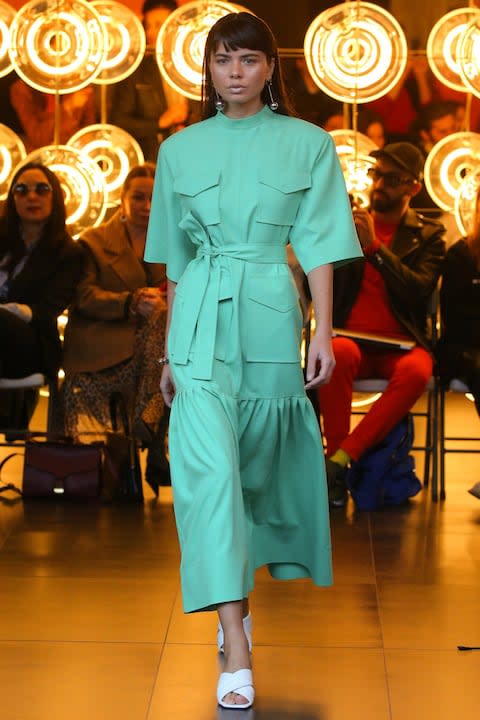
Needless to say, it was all lapped up by the international buyers and Tbilisi-made spring collections are landing in the UK on Net-a-Porter, FarFetch and Browns this month.
“People had forgotten this country, they would think of Georgia the state,” explains Sofia Tchkonia, the local writer who saw the potential and founded Tbilisi Fashion Week. “Our nightlife is like Berlin and our young generation is making clothes to suit this new lifestyle. They are so different to the generations before: after the Soviet Union, change has happened.”
Tchkonia understood that talented local designers and manufacturers existed, but that if they were to compete internationally, they would need to build a wider industry. She secured a partnership with Mercedes-Benz, sponsors of fashion weeks in New York, Berlin, Istanbul and more, which she says put Tbilisi on the map.
“That changed everything,” she says. “Designers started thinking more globally than locally. It was very difficult at first because so many jobs – stylists, show producers, agents – just didn’t exist here. The right support can help an entire economy to form.”
Mercedes-Benz's International Designer Exchange Program has brought other foreign talents to the city, encouraging a swapping of skills, contacts and industry knowledge. Sudi Etuz, a young designer from Istanbul, showed in Tbilisi this season, while Georgian designer Ani Datukishvili was introduced to the market in Turkey.
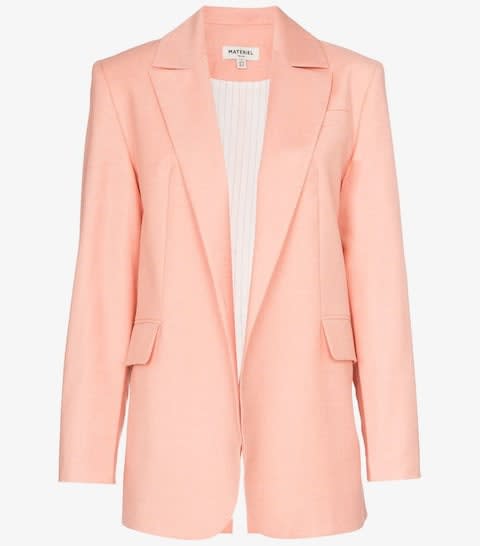
Single-Breasted Arm Slit Wool Blazer, £430, Materiel at brownsfashion.com
Where stylish people go, others follow. Tbilisi tourism is benefiting from the halo effect of being a “fashion city” and British buyers now see Georgia as a must-visit each season.
“I discovered a lot of Georgian brands through Instagram so the next step was to go to Tbilisi,” explains Costanza Lombardi, the denim and emerging designer buyer at Browns. So successful have the Georgian brands been with customers that Browns will launch an exclusive capsule collection with Materiel in April.
Founded in 1948 as Fashion House Materia, one of the biggest uniform producers in the USSR, Materiel privatised after the collapse of the Soviet Union and, since 2012, has hired a rotating roster of young designers to create its catwalk line. Lado Bokuchava and Aleksandre Akhalkatsishvili (both of whom run their own labels, too) are currently serving up innovative cut dresses and edgy tailoring as creative directors.
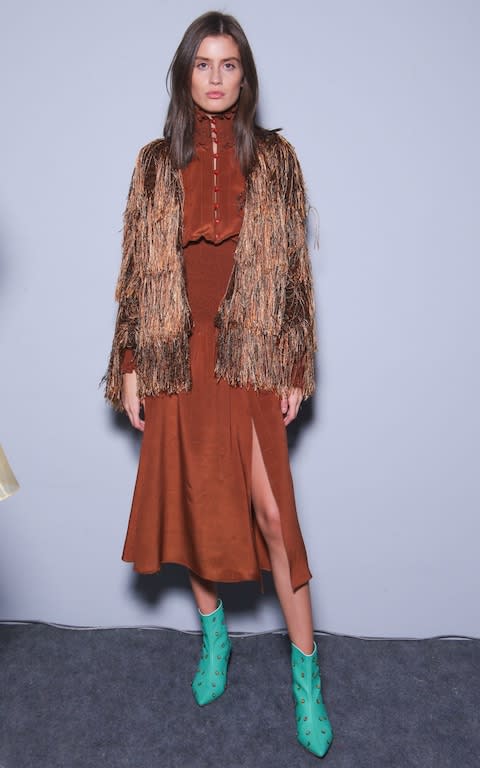
Twin sisters Lalo and Nina Dolidze, who founded the label Lalo in 2012, learnt to knit as children. Cardigans and jumpers, made using natural yarns from Caucasus, are their hero products. “We have about 200 people working for us now to make each piece by hand,” explains Lalo, “and each cardigan takes 2-3 weeks to knit.”
Designer Nino Eliava played an integral part in introducing local brands to a global audience. She opened the More Is Love boutique, not far from the Dry Bridge vintage market, in 2013, and runs the accessories label 0711 Tbilisi, known for its knitted frame bag, the Copacabana.
“When we launched, we were the first fashion shop in the country to be online and ship internationally,” Eliava says. “The knitting is done on the next street to the boutique, but we sell the handbags to customers in more than 50 countries.”
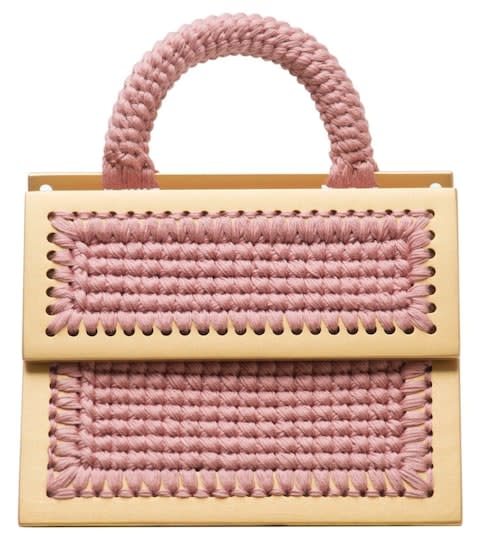
Typically, social media is spreading the word further about the new cult Georgian labels. Self-taught George Keburia founded his brand in 2010, but became an Instagram sensation last year after Rihanna and Lady Gaga wore his designs.
“At first I thought it was a fake picture,” he says bashfully. “But then I found out that Lady Gaga and her team discovered us on Instagram. I can’t put into words the effect it has had on our business.”
Keburia now has more than 54,000 followers online and new, global stockists. The next step? To coax his famous fans to travel to Tbilisi and sit front row at his show. That really would seal the deal.


